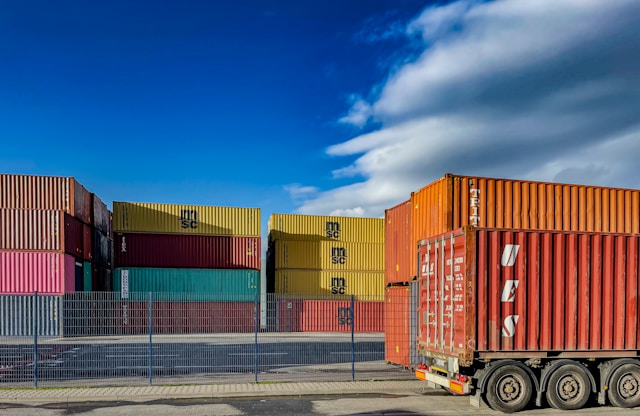For many companies, vehicle loading and unloading is a frequent activity. It is also one that carries a greater risk of employee injury in the workplace. In fact, statistically, loading and unloading vehicles is one of the most common reasons that injuries in the workplace occur in a number of industries. From falling materials to accidents involving forklifts, it is essential that employees are always focused and alert to what is going on around them in order to reduce the risk of serious injury.
The most common workplace injuries
Some of the most common injuries that occur in workplaces where unloading and loading vehicles takes place are:
· Strains and sprains
· Crushing injuries
· Cuts and bruises
· Spinal injuries
· Head trauma
These injuries often result from improper handling or lifting of cargo, falling materials, or being crushed in the loading area. They can range from relatively minor injuries to more serious.
Loading and unloading safely
Because of the dangers associated with loading and unloading vehicles, it is a good idea to have some form of documentation that sets out proper procedures. This will help you keep your employees safe. This should include the following:
- Ensure that the vehicle has stopped, is braked, and stabilized fully before loading / unloading commences. If your employees try to unload potentially unstable cargo from a vehicle that isn’t stabilized there is a higher risk of injury, so patience is important.
- Ensure your loading area is always well-lit. Work should not be undertaken in the dark. Proper lighting is essential when loading/unloading is taking place.
- Ensure there are no hazards in the loading area. Hazards such as debris, potholes, and anything that constitutes a slip risk should be avoided in the loading/unloading area.
- Ensure the loading area is free from traffic. Whilst forklifts are essential to loading/unloading they can also be one of the biggest sources of workplace injuries. Loading areas should be clearly marked for one-way traffic to help ensure employee safety. Keeping your loading areas free from traffic also means ensuring there are no loitering or unauthorized individuals there as well.
- Ensure loads are arranged properly and secured before transportation. When cargo is secure, safe, and properly arranged for transportation, then loading activities are complete. This helps to keep workers who will be unloading and the vehicle driver safe. When cargo shifts in transit it can pose potential safety risks.
- Ensure proper techniques are taught. To avoid sprains and strains it is important for employees to understand proper lifting techniques and also to understand that they should assess the shape and weight of a load before attempting to move it. Correct lifting involves placing the feet further apart to create a wider support base and engaging the core muscles. It also involves bending with the hips, knees and rather than twisting and changing the direction of the entire body.
Conclusion
It is understandable that every business wants to provide a safe environment for their employees. Setting out a safety procedure that covers the points mentioned above will help to reduce the possibility of accidents occurring. Vehicle unloading and loading have the potential to be hazardous but there are things that both you and your employees can do to reduce those hazards. Plus, having a reputation as an employer who puts the health and safety of your employees at the top of the list could make you a popular choice with potential future employees and also clients.







